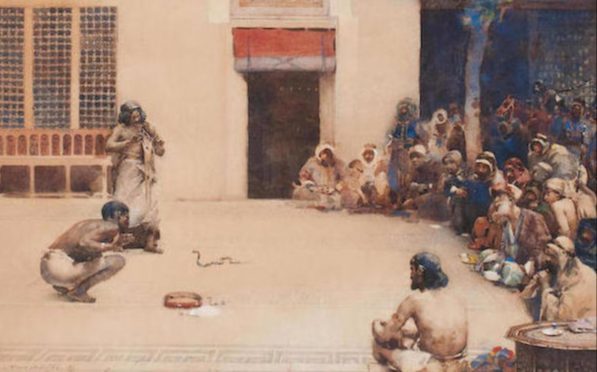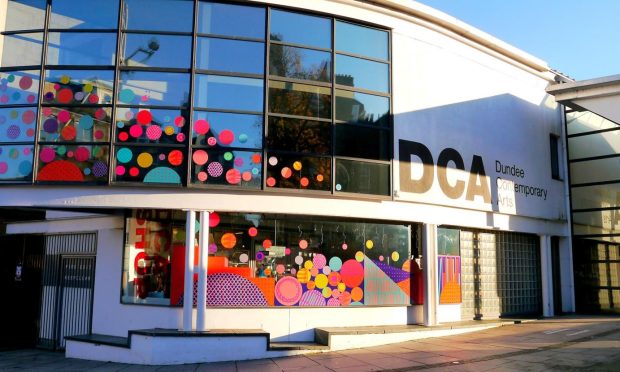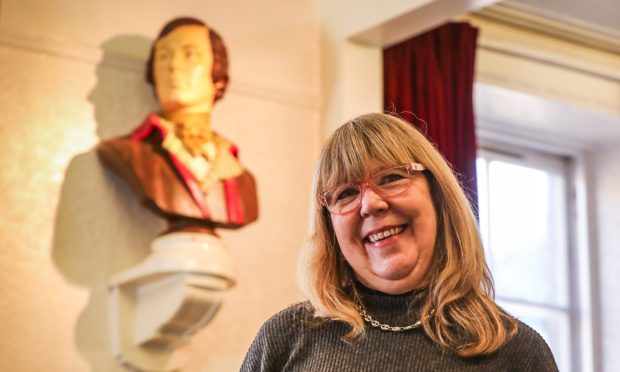TODAY’S ITEM has been shown in the premier league of art centres – including international exhibitions in Glasgow, Rome, London and Munich. Its owners have included a Lord Provost of Glasgow and the Johnny Walker whisky family.
So, attention secured, let me tell you a little more about it.
This is a fine watercolour by the ‘Glasgow Boy’ artist Arthur Melville (1855-1904), titled The Snake Charmer. You can see why.
Often such works are in institutions – and, indeed, the Bonham’s auction catalogue notes state, “It is rare to rediscover important works by major Scottish artists, and this ‘lost’ work has not been exhibited publicly since 1939.”
Signed and inscribed, measuring a handsome 32in x 25in, The Snake Charmer was painted in Bagdad, during Melville’s Middle East tour which he undertook from 1880.
He is thought to have produced around 60 sketches during his stay, struck by Bagdad’s decay and squalor and inspired by its architecture, street characters and markets.
He apparently draped a canvas sheet around his easel to keep the crowds at bay while he sketched.
Melville, born in Loanhead of Guthrie, Angus, was an instinctive watercolourist and his work frequently presents the unexpected – note the tree, right, is washed in blue, and how the eye is drawn not to the central hypnotised snake, but to the excitement of the semi-circular group of watchers.
Melville’s treatment of the snake charmer is, instead, more neutral and restrained.
When he returned in 1883 to exhibit his watercolours in London, the Magazine of Art coined the term ‘blottesque’ to describe them. No surprise, then, that Melville has been named as the inspiration behind fellow Angus artist James Watterson Herald’s distinctive ‘washy’ style.
Interestingly, the watercolour which Melville described as his most successful of those completed on his travels, The Call to Prayer, Midan Mosque, Bagdad, has never appeared on the market and its whereabouts is unknown.
The Snake Charmer, one of three known works Melville completed on the subject, was included in Bonham’s sale in Edinburgh last month, where it eclipsed pre-sale hopes to take £26,250, inclusive of premium.
Picture: The Snake Charmer, £26,250 (Bonham’s).











